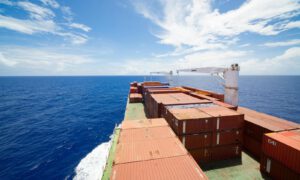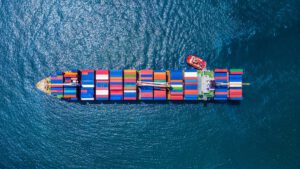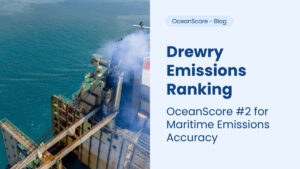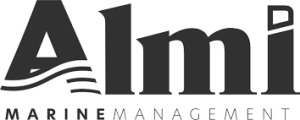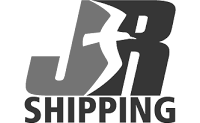Carbon now has a cost line in logistics. With the introduction of the EU Emissions Trading System (EU ETS), carriers have started adding ETS surcharges to freight rates. But here’s the critical question: are you paying the right amount, or being overcharged by your carrier?
What Is the ETS Surcharge in Shipping?
The ETS surcharge in shipping is a fee applied by carriers to cover the cost of CO₂ emissions in EU waters. It’s designed to account for a vessel’s greenhouse gas output and the corresponding carbon allowances that must be purchased under the EU ETS.
In theory, it makes sense: Shipping generates emissions, and putting a price on carbon should drive decarbonisation. But this means carbon has a price. Carriers pass this cost down to shippers and forwarders through a surcharge.
But in practice, the reality is more complicated.
The Problem: A Flat Fee That Doesn’t Reflect Reality
Carriers typically pre-charge ETS surcharges using general assumptions, not voyage-specific emissions. That means:
- The surcharge may not match the real emissions of your shipment.
- You could be overpaying, especially on more efficient voyages.
- Your competitors with access to better data can challenge these costs and negotiate smarter deals.
Without accurate emissions data, freight forwarders and cargo owners are left in the dark, paying whatever carriers dictate.
Why This Matters for Freight Forwarders
For forwarders, the ETS surcharge isn’t just another line item. It directly affects:
- Freight margins – with tight margins, inflated ETS charges quickly eat into profitability. Accurate data lets you negotiate better rates and protect the bottom line.
- Pricing power – if you can’t explain or challenge surcharges, you lose leverage.
- Competitiveness – in a price-sensitive market, competitors with better visibility can undercut you on rates and capture cost-focused customers.
In short: inaccurate ETS surcharges can erode profitability and cost you customers.
How Voyage-Level Emissions Data Changes the Game
The key to regaining control is access to voyage-level emissions data. When forwarders and shippers know their real ETS exposure, they can:
OceanScore’s “Scope 3 at Sea” report showcases how detailed, per-voyage data, gathered from real-time AIS tracking, advanced cargo estimation models, and emissions calculations can give you:
- Benchmark CO₂ per shipment with accuracy
- Challenge inflated ETS charges
- Negotiate lower rates with carriers
- Reduce carbon costs and stay competitive
Better data = better negotiations = better rates.
How OceanScore (via CargoFP) Helps
At OceanScore, we provide high-accuracy, voyage-specific emissions insights through CargoFP. This gives forwarders and cargo owners the ability to:
- Understand their true ETS costs instead of relying on generic surcharges
- Benchmark performance across carriers and routes
- Negotiate smarter contracts backed by data
- Cut unnecessary costs while staying compliant with EU ETS rules
The companies using this data advantage are already securing better freight deals. In logistics, where small differences in price decide who wins the contract, accurate carbon cost data can be the deciding factor.
Conclusion: Don’t Let Poor Data Cost You Business
The ETS surcharge in shipping is here to stay. But whether you pay the fair price or an inflated one depends on the data you have at your disposal.
Forwarders who embrace voyage-level emissions data will win in two ways: lower costs and stronger competitiveness. Those who don’t risk being overcharged and outpriced. Carbon now has a price. Make sure you’re paying the right one.
Contact OceanScore today to understand your real ETS exposure and reduce your shipping carbon costs.



